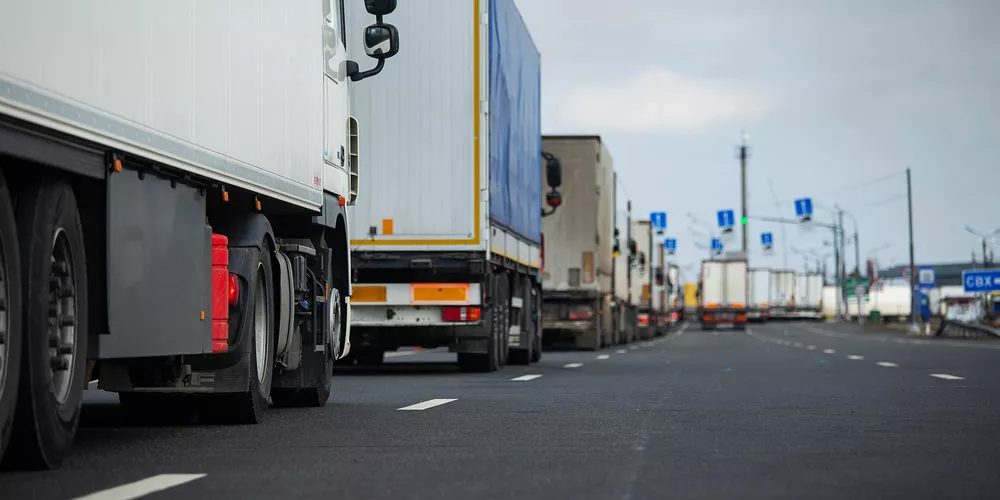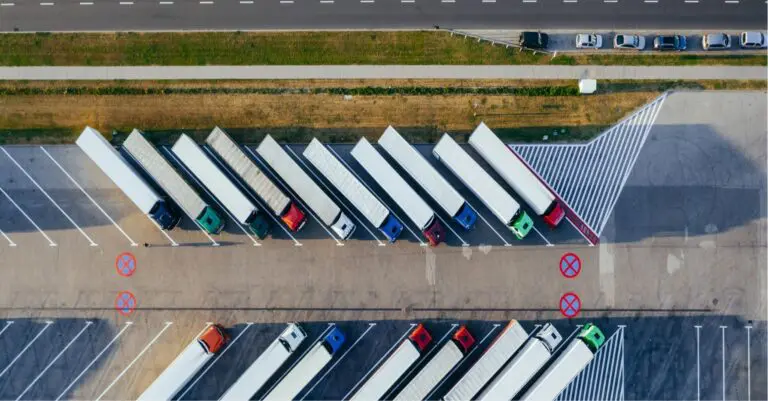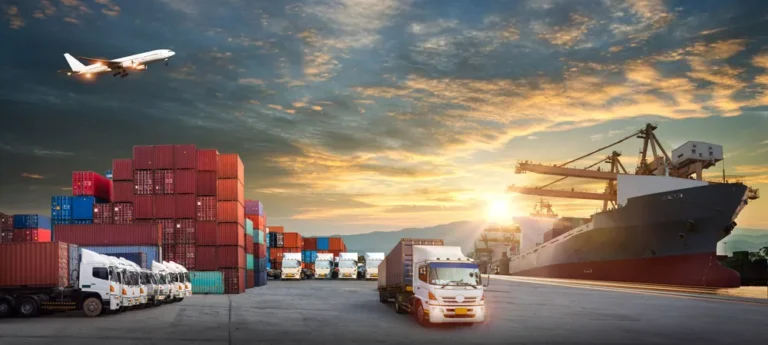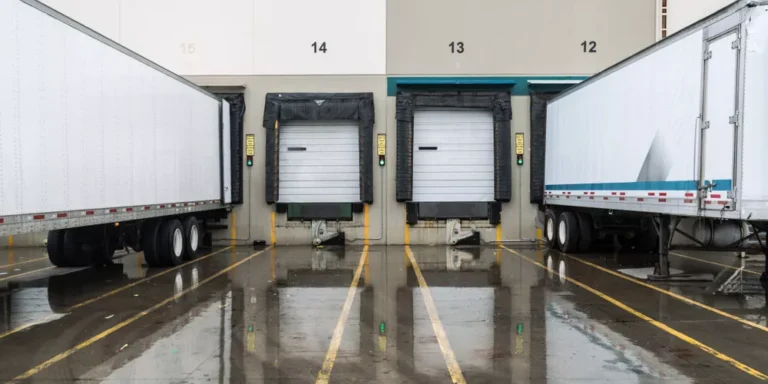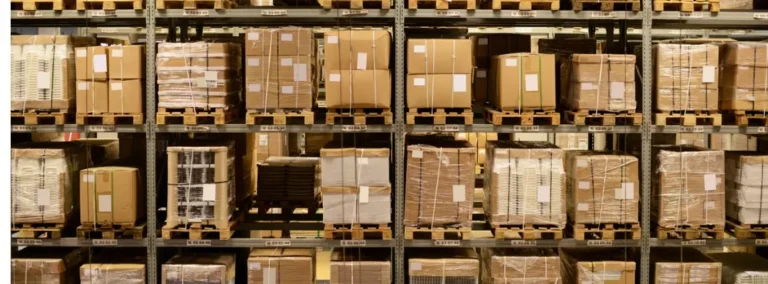What Are Detention Charges in Shipping?
What are detention charges in shipping? To ensure that the flow of goods moves as quickly and efficiently as possible, the shipping industry imposes shipping detention fees. Here is an overview of how detention fees work and how you can avoid them.
WHAT ARE DETENTION FEES IN SHIPPING?
What is detention in shipping? Learning the answer can help you plan your budget for moving all your goods through the global (or local) supply chain.
The term “detention charges” is one of the most important charge term definitions of which you and your fellow stakeholders should be aware. You may have heard it referred to as “per diem charges,” which translates to “per day charges.”
A detention charge is a fee that you must pay after your container has passed through customs at the port — under certain conditions. This charge is designed to cover the time a driver has to wait, or the amount of time carrier equipment has to remain idle at the dock after the period of free time has concluded.
The amount of free time is something that you negotiate before shipping occurs. For example, once customs has finished with your container and items are ready to move by truck through drayage services, you need to return the container within the agreed-upon number of “free days.” This might be five days, with fees starting on day six if you haven’t yet returned the container.
HOW CAN YOU BYPASS DETENTION CHARGES?
Planning well ahead of time for your trucking services is a great way to help you avoid hefty detention charges. This should involve scheduling the unloading as soon as possible.
Using technology is vital to avoid these charges. Tracking the container can show you where it is and whether the supply chain movement is going according to plan. Knowing this information can allow you to make in-transit adjustments if needed. Additionally, your 3PL partner can ride herd on the shipments, making sure the drayage or trucking team will be able to return the container with minimal delay.
HOW CAN A 3PL HELP YOU AVOID DETENTION CHARGES?
When you partner with a 3PL company that integrates drayage and warehouse services — such as WSI — you have the advantage of being able to coordinate the passage of each container as it arrives at port and then is returned.
Additionally, using live notifications can give you timelier access to information about the status of a container. For instance, it can allow you to see whether a container has been emptied or if a crew still needs to unload the items. Knowing the precise arrival times and unloading times can help keep the supply chain tight and lean.
WSI IS YOUR TRUSTED PARTNER TO HELP YOU AVOID DETENTION CHARGES
As you can see, planning with plenty of time in advance can help with getting your containers unloaded as expeditiously as possible. Automated notifications also play a significant role in helping you bypass detention charges at the port. It also helps to have a knowledgeable partner in your corner.
The professionals at WSI have been providing 3PL services for more than 50 years. We know the ins and outs of warehousing and shipping and will be glad to share our expertise with you to help avoid detention charges.
For more information about our third-party logistics capabilities or to discuss a strategy to reduce port fees in your upcoming shipments, please connect with us today.
About the Author

WSI Team
WSI is one of the largest privately held 3rd party logistics companies in the U.S. and spans a nationwide distribution network with global logistics reach.
